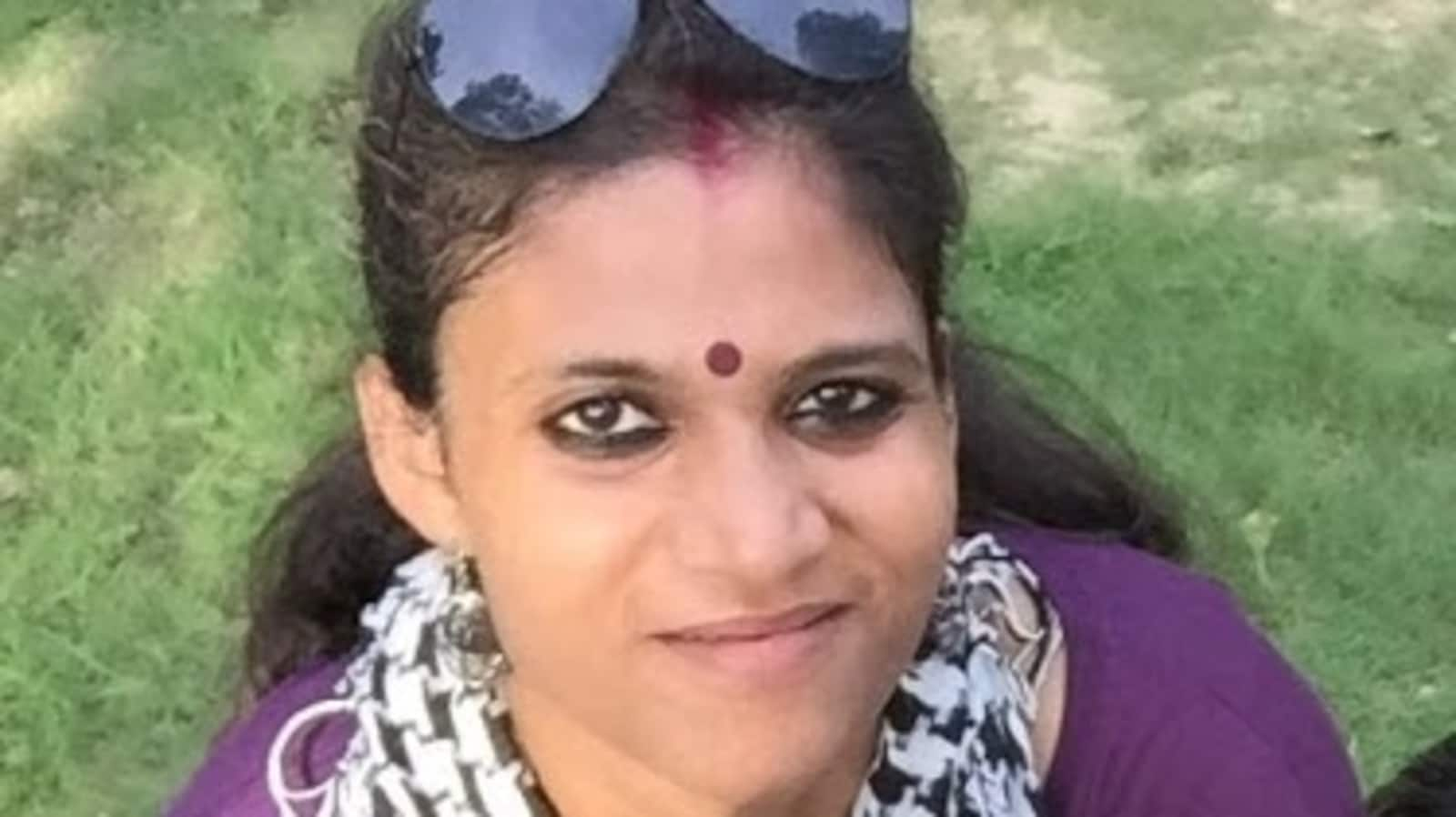Guru Dutt’s Kaagaz Ke Phool: Painting glamour world’s tragedy on the silver screen
Kaagaz Ke Phool released in 1959, and was the last film that Guru Dutt directed. While it is considered as one of the most iconic films in Bollywood today, the film had a disappointing run at the box office back in the day, and the failure is said to have affected the filmmaker deeply. Saturday marks the 97th birth anniversary of filmmaker Guru Dutt and we revisit the film to mark the occasion. (Also read| Guru Dutt: A master director who was tormented by life)
Kaagaz Ke Phool is a masterclass in the art and craft of cinema. Featuring Guru Dutt, and Waheeda Rehman in lead roles, Kaagaz Ke Phool narrated the story of a popular film director, who sees a downward spiral in life after he loses his daughter in a custody battle to his wife. The personal tragedy affects his professional life as well. Guru essayed the role of the filmmaker and Veena played his wife, while Baby Naaz played his daughter in the film. Waheeda essayed the role of a woman, whom the filmmaker spots. He gives her a break, but deserts her, when she becomes a popular star.
As the film opens, we see an old man entering an empty film studio. Guru as Suresh Sinha, the protagonist with all-white hair and clad in a dhoti and a faded shawl, walks past the structures and set-ups on a film set as he recalls his glorious past as a successful filmmaker, and the flashback takes us onto his journey. Dekhi Zamane Ki Yaari plays in the background, bringing in context how crowds gathered around him, when he was a successful man; but he is a lonely soul now that he lost all the money and glamour.
Suresh’s chance encounter with Shanti (Waheeda Rehman) has the typical charm of classic movies – it is raining heavily and the filmmaker’s car broke down mid-way, while on his way to the railway station. He spots Shanti taking shelter under a tree and tries to strike a conversation. Shanti wards him off with a rude and curt response only to realise that he did not actually mean any harm. He ends up giving his coat to her and leaving for Bombay without much ado.
Before Waheeda finds her way to Guru Dutt’s studio, we are shown a glimpse of his benevolent nature and how he offers enough space to women on set, so they can take care of their children before heading to work. In search of an extra, Guru eventually offers the lead role of his film to Waheeda, who reluctantly accepts it and the it is an upward journey for her hereon. The movie is also a commentary on the film industry and how it functioned, especially in the part, where the filmmaker loses his fame and money.
Another interesting and remarkable sequence is when Waheeda visits Guru Dutt, when he is living the life of a poor man. You can see love and pain woven in the frame, where he offers her a overturned bucket to sit upon and says, “Ye dekho mera sofa, ekdum naye design ka. Sheher ke aur kisi raees ke paas nahi hoga (Look at my sofa, which comes in the latest design. No other rich man would have this one).”
The final shot in the film – the filmmaker’s death on a lonely and dark film set in the director’s chair is yet another commentary on the lives of celebrities.
Using the story by Abrar Alvi, Guru Dutt made a film that conveyed the pathos of a lonely man, the struggles of a woman finding her footing in the film industry. and the grief of a successful man thrown into a life full of darkness.
Kaagaz Ke Phool was the first Indian film to use the wide screen, ‘the CinemaScope format’, that was used “under licence from 20th Century Fox (India) Pvt Ltd”. Cinematographer VK Murthy used the unprecedented grand canvas to give some of the most iconic frames in Hindi films. Guru Dutt, who was born as Vasanth Kumar Shivashankar Padukone in Bengaluru, also made use of lighting in the film to convey the emotions of his narrative.
For all the latest Entertainment News Click Here
For the latest news and updates, follow us on Google News.

